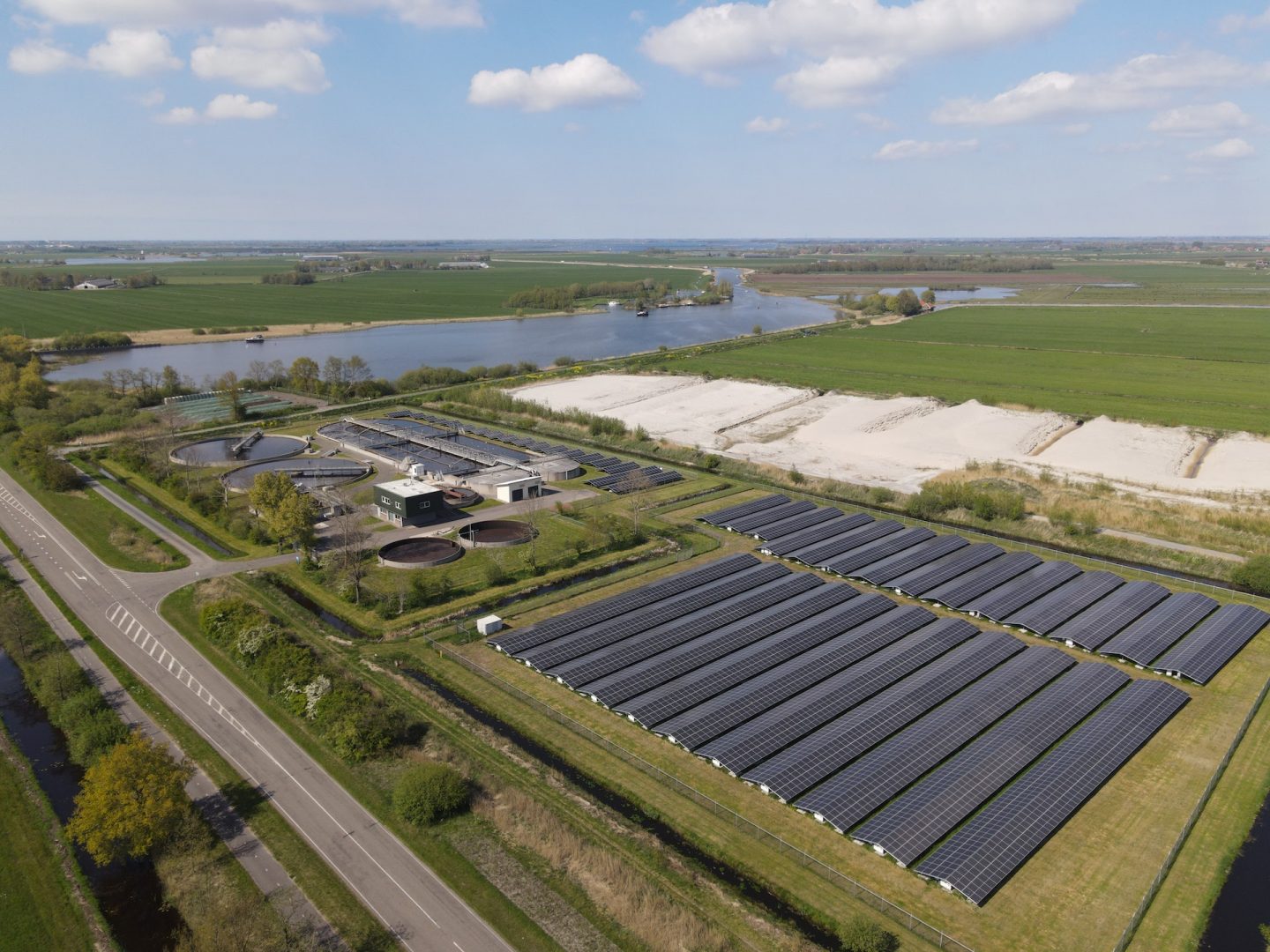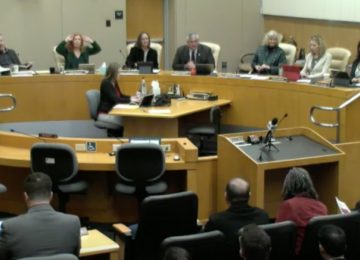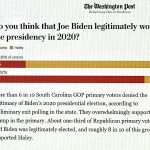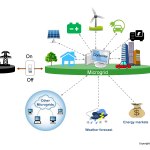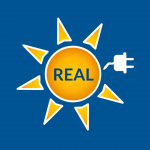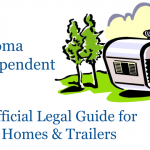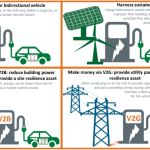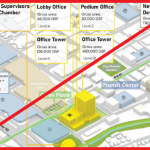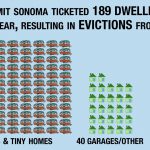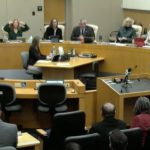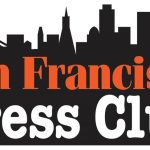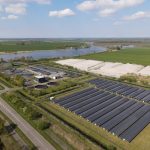The Solar Rights Alliance is sounding the alarm bells that a new proposed decision by the powerful California Public Utilities Commission will hurt farmers and property owners by making it nearly impossible for them to recover the cost of larger solar systems that they directly sub-meter to sub-tenants.
Dave Rosenfeld, the executive director Solar Rights Alliance, said the new system would give owners of solar at multi-unit properties a five cent discount per kilowatt hour, but nothing more, killing rooftop solar.
“When you take away self consumption, and you basically turn everything into an export, creditable at five cents a kilowatt hour, then there’s no savings,” Rosenfeld said. “Like it’s just you would never get rooftop solar, no rational person would ever do it. You’ve just wiped it all out. Because you’re gonna have to buy back the electricity from the utility at full retail minus five cents. Like, okay: why would I ever invest in a solar system?”
The reason that the proposed changes to the existing financial structure of sub-metered solar properties would kill financial incentives for future projects is that property owners who sell the electricity they produce directly and profitably to sub-tenants on their land would have to buy that electricity from the utility companies at higher prices.
The Solar Rights Alliance is one of 79 signatories in a letter addressed to the CPUC and Governor Gavin Newsom opposing the change.
That letter states it is important for farms to be able to generate their own electricity to power new electrical equipment.
“Installing solar also helps facilitate the electrification of farming operations. The state has pushed us to convert irrigation wells to electric pumps and is now pushing us to use electric tractors and other electric equipment. Compliance with these rules is much more practical if we are able to generate our own power.”
Another signatory to the letter, the California Farm Bureau (CFB), also anticipates few people opting to adopt solar if the changes are approved.
Kevin Johnston, associate counsel with the CFB, said the original program allowed farmers who maybe couldn’t use part of their land due to drought for solar generation, but the changes would make that untenable.
“With the NEMA program, you can say, ‘ok, electricity rates are going through the roof, if I can maybe make that investment in a solar array, I can offset some of my consumption, and it make sense for me financially,’” Johnston said.
California Farm Bureau attorney Kevin Johnston explained, “But with the new program, that math is going to be so off, and you’re going to do something else with that parcel…it’s a business at the end of day and you’re trying to make those kinds of decisions and margins are thin and so you’re not going to want to invest in a solar array.”
NEMA, or Net Energy Metering Aggregation, is the program that has been in place since 2014 that has allowed people with solar arrays to make money off their installations by selling the excess energy generated back into the grid.
Johnston said they’ve been trying to get the governor’s office to be more aware of the issues farms are dealing with. “You need to understand how it works for agriculture and how it’s different and why we can’t make wholesale changes like this and why it’ll be harmful.”
While the proposal itself hasn’t yet been approved, meaning it’s possible for changes to be made, Rosenfeld said they don’t really know what the CPUC is thinking.
“It is so hard to know what the CPUC is thinking, they’re not a transparent agency,” Rosenfeld said. “They don’t make it very easy for everyday people to really understand what they’re doing. And, frankly as far as I can see…the official story is that they’re an independent agency, they basically do what the governor’s office wants them to do. They’re appointed by the governor. They are an instrument of the governor’s policymaking. And so what they do is what the governor is going to want to do. So really, the question is, what does the governor think?”
California Farm Bureau Johnston said the CPUC was going to vote on the proposal at its Sept. 21 meeting; it now looks like the vote was pushed back to its Oct. 12 meeting.
“Obviously we’re hoping that by it being pulled that they’re gonna take a better look at it,” Johnston said. “Either kick the can down the road until they can actually study the issue rather than make changes now or to make changes to kind of keep the program as is.”


